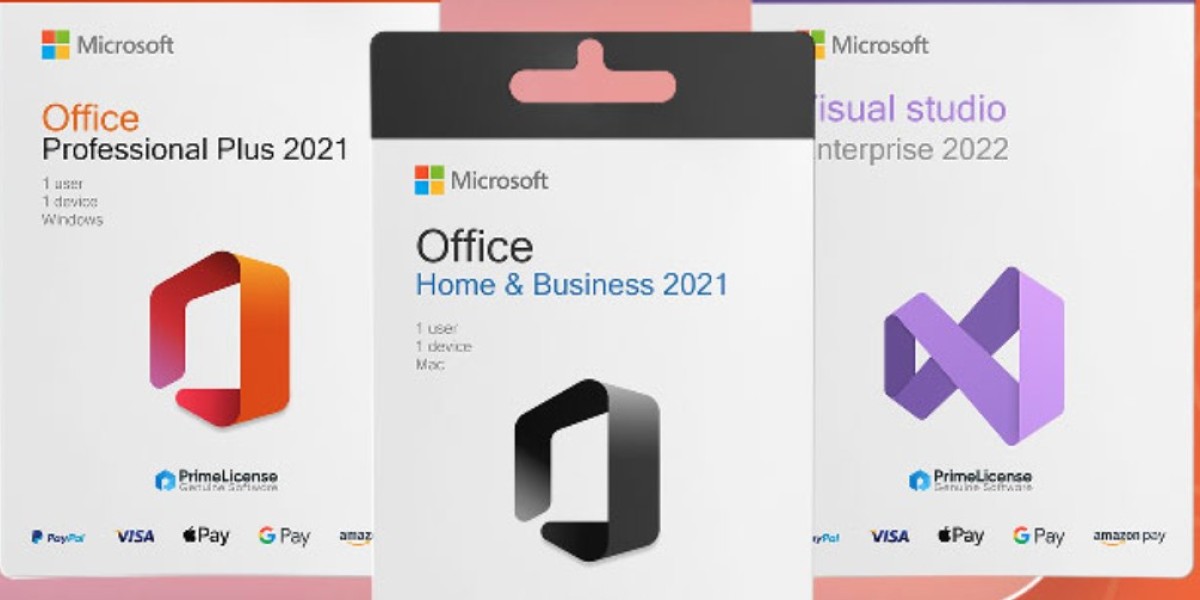But with this increased reliance comes a heightened risk: software vulnerabilities. Malicious actors are constantly developing new ways to exploit these vulnerabilities, potentially compromising your data, privacy, and even the health of your device. However, fear not! By following some essential best practices, you can significantly improve your software security posture and minimize the risk of cyberattacks. This article PrimeLicense serves as your comprehensive guide to safe software installation and use, empowering you to navigate the digital landscape with confidence. Installation Practices for Enhanced Security The installation process is often overlooked, but it plays a crucial role in software security. By adopting these installation practices, you can lay a solid foundation for a secure computing environment: Download from Trusted Sources: Always download software from the official website of the developer or a reputable distributor. Avoid downloading from third-party websites or peer-to-peer networks, as these sources may harbor malware. Verify Authenticity: Before installing, verify the authenticity of the downloaded software. Check the file's digital signature and ensure it matches the developer's signature. Read the License Agreement: Carefully read the license agreement before proceeding with the installation. Understand the terms and conditions, including any limitations or restrictions on the software's use. Choose Custom Installation: When given the option, opt for a custom installation instead of the default or express installation. This allows you to select which components to install and avoid installing unnecessary or potentially risky software. Disable Unwanted Features: During installation, disable any unwanted features or add-ons that you don't need. These features can introduce security vulnerabilities and increase the attack surface of your system. Keep Your System Updated: Regularly update your operating system and installed software to the latest patches and security updates. These updates often address newly discovered vulnerabilities and protect you from emerging threats. Enable Automatic Updates: If possible, enable automatic updates for your operating system and software. This ensures that you receive security patches promptly and minimize the window of vulnerability. Use a Strong Password: When creating an account for the software, use a strong password that is unique and difficult to guess. Avoid using easily predictable passwords or reusing passwords across different accounts. Review Permissions: Carefully review the permissions granted to the software during installation. Ensure the software only has access to the resources it needs to function properly. Scan for Malware: After installation, perform a thorough scan of your system with a reputable antivirus or anti-malware program to detect and remove any potential threats. Secure Software Usage Habits Once software is installed, your usage habits directly impact its security posture. Adopt these practices to safeguard your system and data: Beware of Phishing Attempts: Be cautious of emails, links, or pop-ups that appear to be from legitimate sources but may be phishing attempts designed to trick you into revealing personal information or installing malware. Avoid Suspicious Clicks: Refrain from clicking on suspicious links or attachments in emails, even if they appear to be from known contacts. Hover over links to reveal the actual destination URL before clicking. Keep Software Updated: Regularly check for updates to your operating system, software, and web browsers. Install updates promptly to address vulnerabilities and protect against emerging threats. Enable Firewall and Intrusion Detection: Utilize a firewall and intrusion detection system to monitor network traffic and block unauthorized access attempts. Use Strong Passwords: Employ strong and unique passwords for all your online accounts. Avoid using easily predictable passwords or reusing passwords across different accounts. Enable Two-Factor Authentication (2FA): Whenever possible, enable two-factor authentication for your online accounts. This adds an extra layer of security by requiring a second verification factor, such as a code sent to your phone, in addition to your password. Be Mindful of Downloading: Exercise caution when downloading files from the internet. Only download files from trusted sources and scan them for malware before opening. Beware of Unfamiliar Software: Avoid installing or running software from unknown or untrusted sources. These programs may contain malware or pose other security risks. Keep Data Backed Up: Regularly back up your important data to an external hard drive or cloud storage service. This ensures you have a copy of your data in case of a system compromise or failure. Be Informed and Stay Alert: Stay informed about current cybersecurity threats and trends. Read security news and advisories, and be aware of common scams and attack methods. Conclusion By following these best practices for software installation and use, you can significantly enhance your security posture and protect yourself from a wide range of cyber threats. Remember, security is an ongoing process, not a one-time event. Stay vigilant, keep your software and system up-to-date, and be mindful of your online activities. In addition to the practices outlined above, consider these additional tips for a more secure computing experience: Use a reputable antivirus and anti-malware program. Install a browser extension that blocks malicious websites. Be cautious of social media scams and phishing attempts. Avoid sharing personal information online unless it is absolutely necessary. Use a password manager to help you create and manage strong passwords. By taking these proactive measures, you can significantly reduce your risk of falling victim to cyberattacks and safeguard your valuable data, privacy, and the overall security of your computing environment. Remember, a secure digital life is a happy one! | ||
Search
Popular Posts









